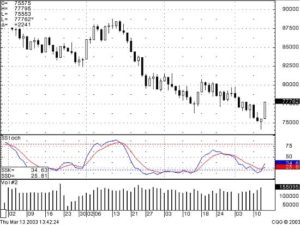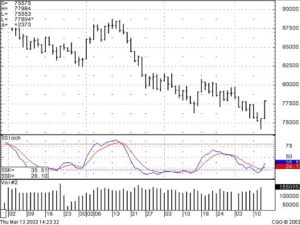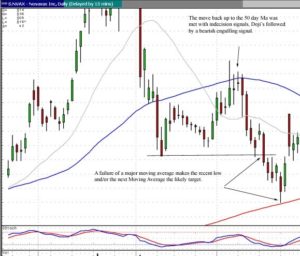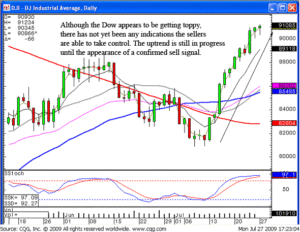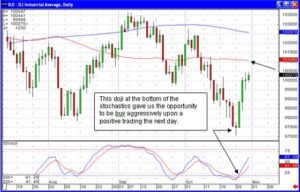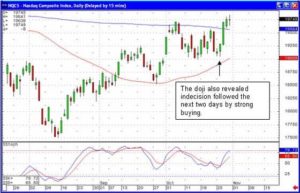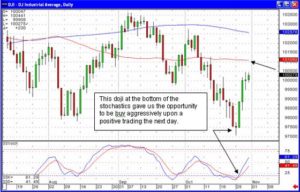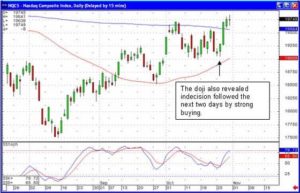Investors look for ways to classify stocks. Because so much of stock technical analysis is based on comparison, it is important to find common ground. The best and most widely accepted form of association is stock sectors. “Stock sectors” is a qualification method which looks at the type of business and groups them based on generally accepted names. One of the most common classifications breaks the market down into eleven different stock sectors. Two are generally regarded as “defensive” and the other nine are referred to as “cyclical”. For successful traders, it is important to understand the differences between both these categories and the stock sectors they include.
Defensive Stocks
Utilities and consumer staples are referred to as defensive stocks. Companies in these sectors usually don’t suffer as much when the market experiences problems because people don’t stop using energy or eating. They are frequently used portfolio diversification and offer protection in a falling market.
However, the downside of the dampening effect of defensive stocks is that they usually fail to climb with a rising market. Just because the market is doing well, people don’t necessarily use significantly more energy or eat more food. Defensive stocks sectors do exactly what their name implies, assuming they are well run companies. These two stock sectors can be used as a basis of hedge fund investing – dependable, steadily moving stocks that prevent too much stock volatility in a portfolio.
Cyclical Stocks
Cyclical stocks are the other nine stock sectors. These stocks cover the remaining sectors and they typically move according to a variety of market conditions. They do move independently, however, as one may be going up while another is going down. Because of this, purchasing from the cyclical stock sectors requires your best stock market investing strategy. The nine cyclical stock sectors are:
- Basic Materials
- Capital Goods
- Communication
- Consumer Cyclical
- Energy
- Financial
- Health Care
- Technology
- Transportation
Most of these stock sectors are easily understood. They include companies and products that are readily identifiable. Investors call them cyclical because they tend to move up and down in relation to businesses cycles or other influences.
Basic materials, for example, include those things used to make other goods – lumber, for instance. When the housing market is active, the stock of lumber companies will tend to rise. However, high interest rates might put a damper on home building and reduce the demand for lumber. These items define the stock market; traders look to buy from cyclical stock sectors when prices are low and sell when prices are high. In a nutshell, the cyclical stock sectors are the stock market!
How to Use the Information
Like our title, successful trading requires putting the stock market in the right baskets. Technical analysis actually starts with knowing from what kind of stock sector a business originates. By knowing the origins of a business, an investor can know how to evaluate its stock. Most analysis matrices start by comparing businesses from the same sector. As you use your stock trading plan, you will incorporate more technical analysis tools into your decision making process. Then you’ll be able to see why putting the market in the right baskets is a good thing!
